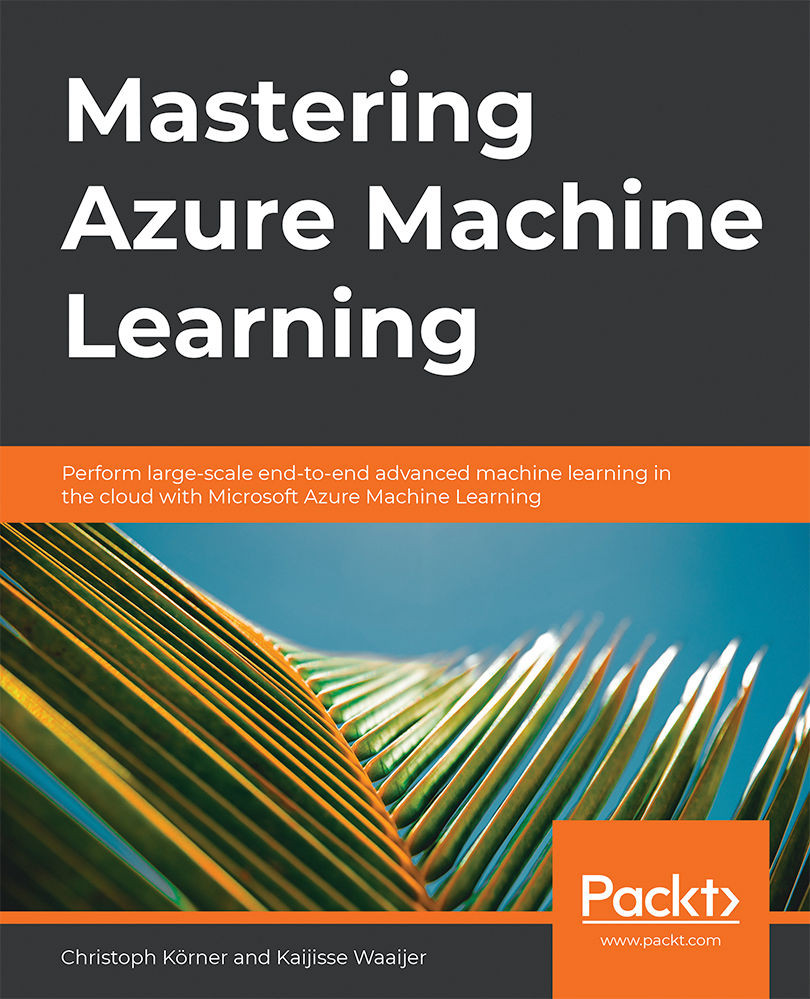In this chapter, we will explore data preparation and Extract, Transform, and Load (ETL) techniques within Azure Machine Learning. We will start by looking behind the scenes of datasets and data stores, the abstraction for physical data storage systems. You will learn how to create data stores, upload data to the store, register and manage the data as Azure Machine Learning datasets, and later explore the data stored in these datasets. This will help you to abstract the data from the consumer and build separate parallel workflows for data engineers and data scientists.
In the subsequent section, we look at data transformations in Azure Machine Learning using Azure Machine Learning DataPrep, especially extracting, transforming, and loading the data. This enables you to build enterprise-grade data pipelines handling outliers, filtering data, and filling missing values.
The following topics will be covered in this chapter:
...



 Free Chapter
Free Chapter
